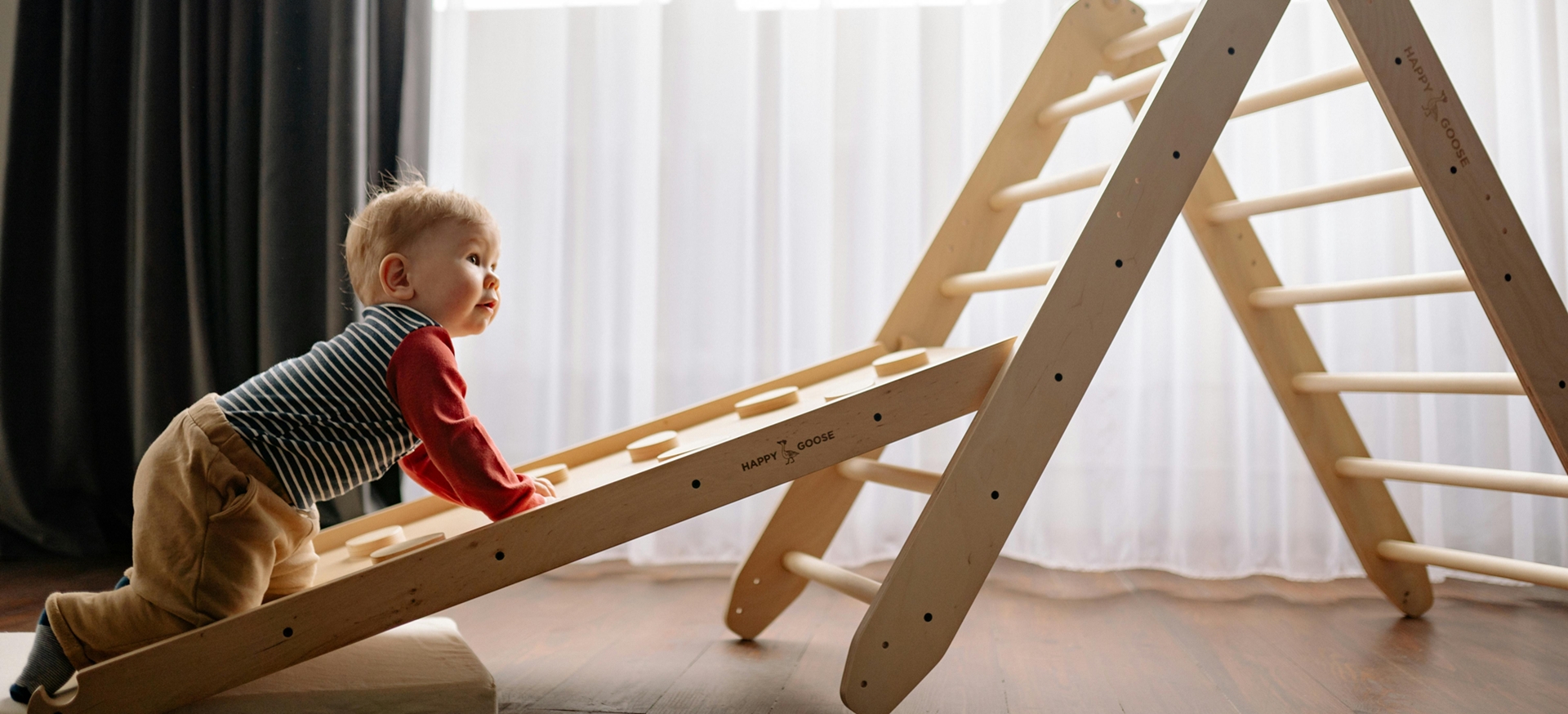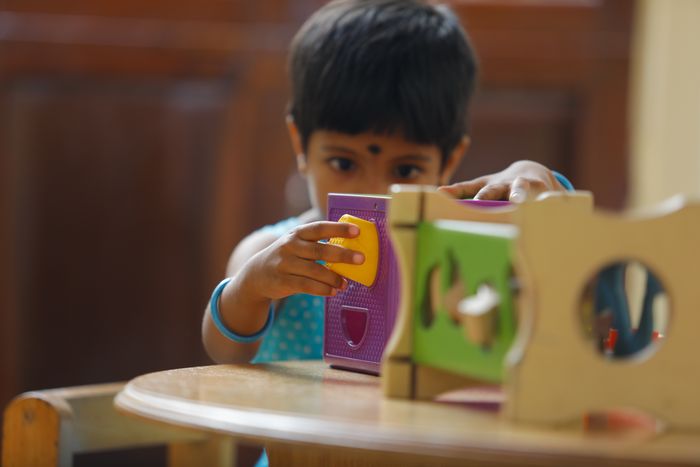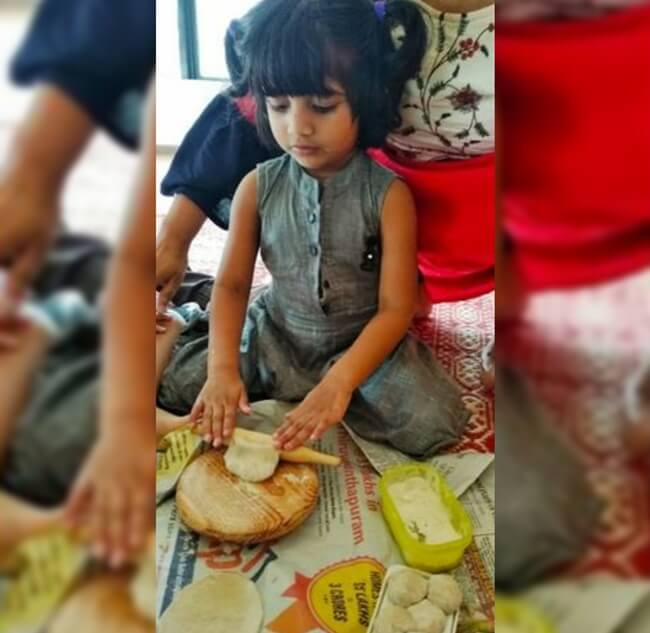


Transitioning from a Crib to a Bed - A Complete Guide

Transitioning your child from a crib to a bed is an important milestone in their development. It signifies their growing independence and readiness to adapt to a new environment. However, the process can often be met with challenges, as it involves adjusting to a new routine and ensuring your child feels secure. Here’s a guide to help make the transition smoother for both you and your child.
When Should You Make the Transition?
The ideal age for transitioning varies for each child, but most parents make the switch between 18 months and 3.5 years. Signs that your child might be ready include climbing out of the crib, expressing a desire for a "big kid" bed, or if they have outgrown their crib. Additionally, the arrival of a sibling or moving to a new home could necessitate the change.
It’s important to consider your child’s temperament and developmental stage before making the move. For instance, if they are going through a significant change like starting preschool, it might be better to wait until they are more settled.
Choosing the Right Bed
Selecting the appropriate bed is crucial. Many parents opt for a toddler bed, as it is smaller, lower to the ground, and often comes with safety rails. Some families skip the toddler bed and go straight to a twin or full-size bed with rails. Consider your budget, available space, and how long you plan to use the bed.
Preparing the Bed and Room
The transition is not just about the bed; it’s about creating an inviting and safe sleeping environment. Ensure that the bed has a sturdy mattress and fitted sheets your child finds comforting. Use familiar blankets and stuffed toys to make the bed feel more like their crib.
Childproofing the room is also essential. Secure furniture to the wall, remove sharp objects, and place a soft rug near the bed to cushion potential falls. If your child is moving to a separate room, consider adding a nightlight to help them feel at ease in their new space.
Involving Your Child in the Process
Making your child a part of the transition can make it more exciting and less intimidating. Allow them to choose their bedding or help in setting up the bed. Talk to them about the benefits of moving to a "big kid" bed and how proud you are of their growth. Creating a sense of ownership can ease their resistance and make them look forward to the change.
Establishing a Consistent Routine
Consistency is key when introducing a new sleeping arrangement. Stick to your regular bedtime routine, whether it’s reading a story, singing a lullaby, or saying goodnight. This familiarity can provide comfort during the transition.
If your child resists sleeping in their new bed, be patient. Reassure them gently and return them to their bed if they wander out during the night. Avoid harsh discipline, as it could create negative associations with the bed.
Addressing Common Challenges
Many parents face hurdles during this transition. Nighttime wake-ups, resistance to the new bed, or frequent attempts to climb out can be challenging. To address these:
Stay consistent: If your child keeps returning to your bed, calmly lead them back to their own bed. Over time, they will adapt.
Reward positive behaviour: Use a reward chart or small incentives for nights spent sleeping in their new bed.
Be understanding: Remember, it’s normal for children to take time to adjust. Offer plenty of hugs and reassurance.
Transitioning from a crib to a bed is a significant step in your child’s journey toward independence. By choosing the right bed, creating a safe and welcoming environment, and maintaining a consistent routine, you can help your child make the change confidently. Remember to be patient and celebrate their milestones along the way.





